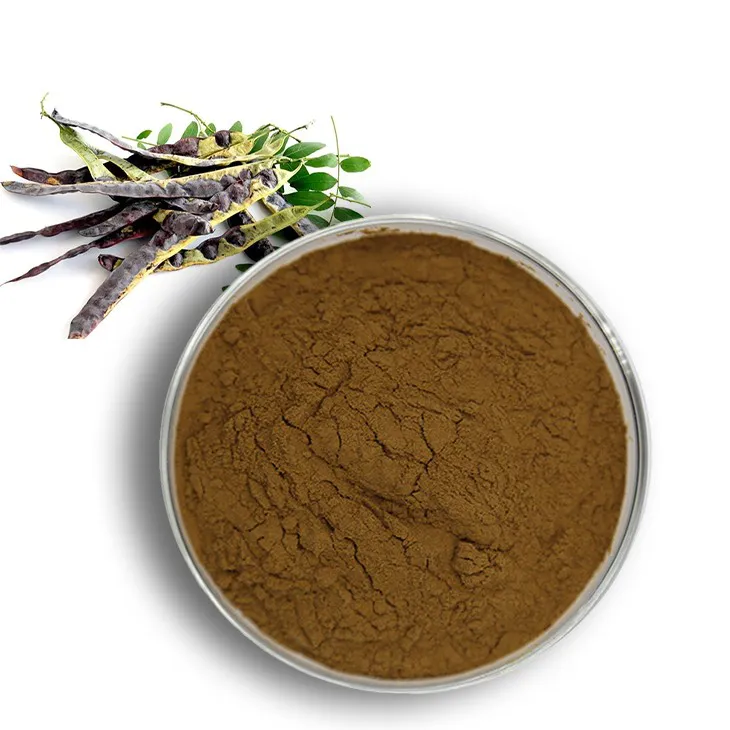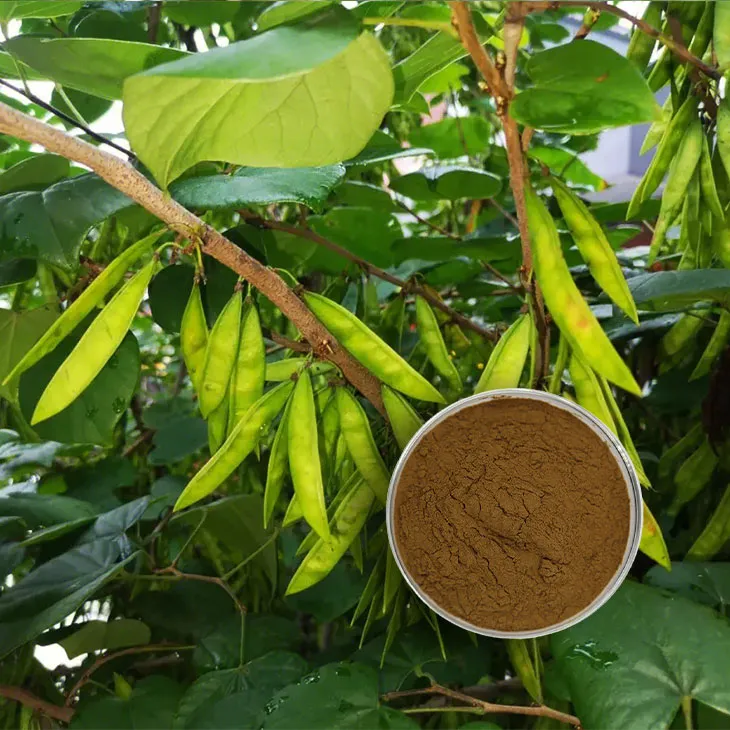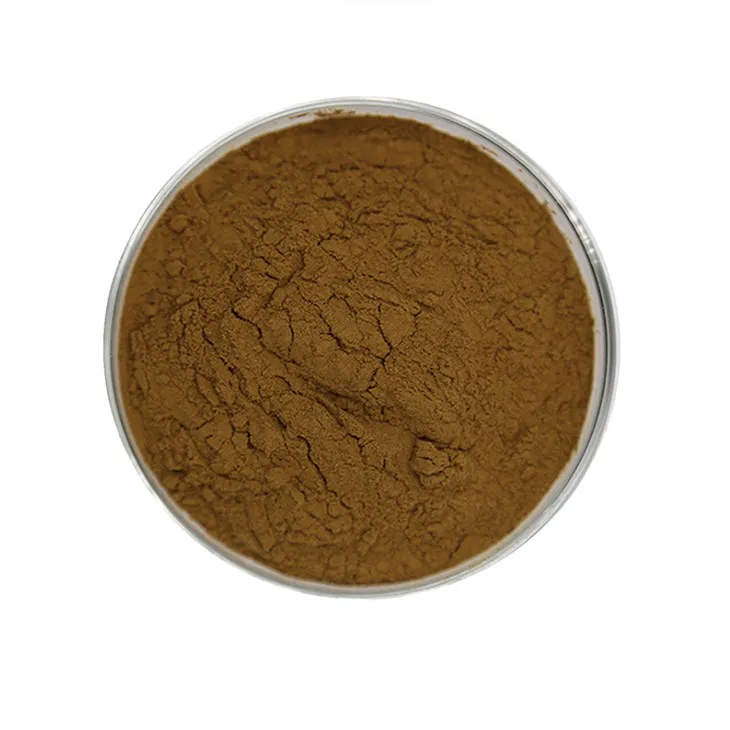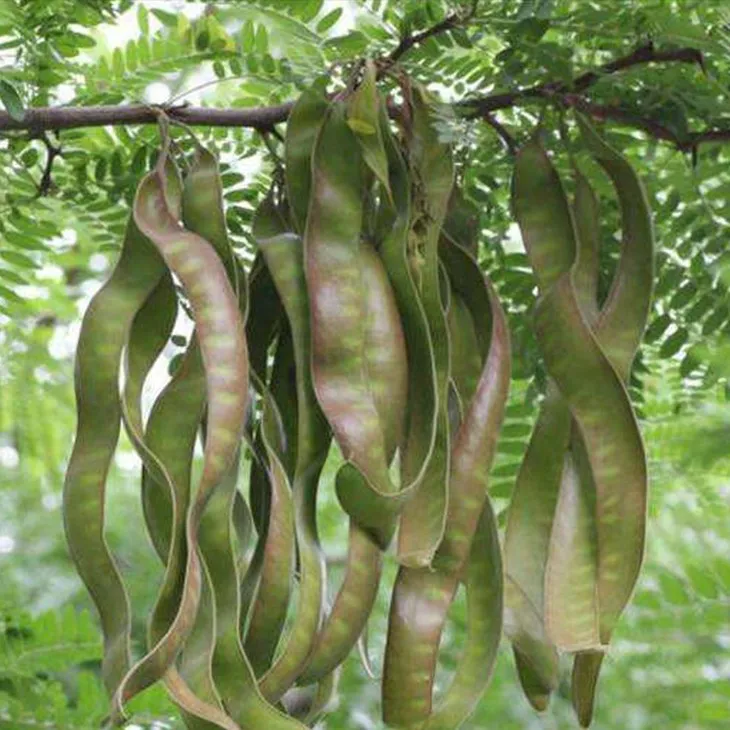- 0086-571-85302990
- sales@greenskybio.com
Saponin extract by organic supercritical CO2 extraction.
2024-11-28

1. Introduction
Saponin Extract has gained significant attention in recent years due to its potential applications in various industries such as pharmaceuticals, food, and cosmetics. Saponins are complex natural compounds that are widely distributed in plants. They are known for their diverse biological activities, including anti - inflammatory, antioxidant, and immunomodulatory effects. Traditional extraction methods for saponins often involve the use of organic solvents, which may have several drawbacks such as toxicity, environmental pollution, and low selectivity. In contrast, organic supercritical CO2 extraction has emerged as an innovative and promising technique for Saponin Extraction.

2. Supercritical CO2: Properties and Advantages
Supercritical CO2 is a state of carbon dioxide where it exhibits properties between those of a gas and a liquid. At the supercritical state, CO2 has a relatively low viscosity and high diffusivity, which allows it to penetrate easily into the plant matrix and extract saponins efficiently. One of the major advantages of using supercritical CO2 for extraction is its clean and green nature.
2.1 Low - Temperature Operation
Saponin molecules are often heat - sensitive. Supercritical CO2 extraction can be carried out at relatively low temperatures, typically in the range of 31 - 40°C. This is crucial as it prevents the degradation of saponin molecules during the extraction process. In contrast, traditional extraction methods that involve high - temperature distillation or solvent extraction may lead to the breakdown of saponins, resulting in a loss of their biological activity.
2.2 High Selectivity
Another significant advantage of supercritical CO2 extraction is its high selectivity. By adjusting the pressure and temperature conditions during the extraction process, it is possible to selectively extract saponins from complex plant matrices. This enables the isolation of saponins with high purity, which is highly desirable for applications in the pharmaceutical and food industries. For example, in the extraction of saponins from a plant containing multiple bioactive compounds, supercritical CO2 can be tuned to specifically target and extract the saponins while leaving other unwanted compounds behind.
2.3 Absence of Organic Solvent Residues
Since supercritical CO2 is a gas at normal conditions, once the extraction is complete and the pressure is released, the CO2 simply evaporates, leaving no organic solvent residues in the final extract. This is a major advantage over traditional solvent - based extraction methods. The absence of solvent residues makes the Saponin Extract obtained by supercritical CO2 extraction more suitable for applications in the pharmaceutical, food, and cosmetic industries, where the presence of toxic solvents is highly restricted. For instance, in the production of dietary supplements containing saponins, the absence of solvent residues ensures the safety and purity of the product.

3. The Process of Organic Supercritical CO2 Extraction of Saponin
The organic supercritical CO2 extraction process of saponin typically involves several steps.
3.1 Pretreatment of Plant Material
First, the plant material containing saponins needs to be properly pretreated. This may include processes such as drying, grinding, and sieving. Drying the plant material helps to reduce the moisture content, which can interfere with the extraction process. Grinding the plant material into a fine powder increases the surface area available for extraction, allowing for more efficient extraction of saponins. Sieving the ground material ensures that the particle size is uniform, which can also affect the extraction efficiency.
3.2 Loading of the Extraction Vessel
After pretreatment, the plant material is loaded into the extraction vessel. The extraction vessel is designed to withstand high pressures and is typically made of stainless steel. The amount of plant material loaded depends on the capacity of the extraction vessel and the desired yield of saponin extract.
3.3 Adjustment of Pressure and Temperature
Once the plant material is loaded, the pressure and temperature inside the extraction vessel are adjusted to the supercritical state of CO2. The optimal pressure and temperature conditions for saponin extraction may vary depending on the type of plant material and the specific saponins being extracted. Generally, pressures in the range of 10 - 50 MPa and temperatures in the range of 31 - 40°C are commonly used.
3.4 Extraction and Separation
Supercritical CO2 is then pumped into the extraction vessel. The CO2 penetrates the plant material and dissolves the saponins. The saponin - rich CO2 then flows into a separation vessel, where the pressure is reduced. As the pressure is reduced, the solubility of saponins in CO2 decreases, and the saponins are separated from the CO2. The CO2 can then be recycled back to the extraction process.
3.5 Collection of the Saponin Extract
The separated saponin extract is collected in a suitable container. The final extract may be in the form of a powder or a liquid, depending on the post - extraction processing steps. For example, if further drying is carried out, a powder form of the saponin extract can be obtained.

4. Applications of Saponin Extract Obtained by Supercritical CO2 Extraction
The saponin extract obtained by supercritical CO2 extraction has a wide range of applications in various industries.
4.1 Pharmaceutical Industry
In the pharmaceutical industry, saponins are being studied for their potential therapeutic effects. The high - purity saponin extract obtained by supercritical CO2 extraction can be used in the development of new drugs. For example, saponins with anti - inflammatory properties may be used in the treatment of inflammatory diseases such as arthritis. Their immunomodulatory effects may also be exploited in the development of vaccines or immunotherapies.
4.2 Food Industry
In the food industry, saponin extract can be used as a natural additive. Saponins have been shown to have antioxidant properties, which can be used to prevent the oxidation of food products. They can also act as emulsifiers, helping to improve the stability of emulsions in food products such as salad dressings and mayonnaise. Additionally, some saponins have been reported to have hypolipidemic effects, which could potentially be used in the development of functional foods for the prevention of cardiovascular diseases.
4.3 Cosmetic Industry
In the cosmetic industry, saponin extract is used for its various beneficial properties. The antioxidant and anti - inflammatory properties of saponins make them suitable for use in skin - care products. They can be used to protect the skin from oxidative stress and inflammation, which are associated with aging and various skin disorders. Saponins can also be used as surfactants in cosmetic formulations, providing cleansing and foaming properties.

5. Challenges and Future Perspectives
Although organic supercritical CO2 extraction of saponin extract has many advantages, there are also some challenges associated with this technique.
5.1 High Equipment Cost
The equipment required for supercritical CO2 extraction is relatively expensive. This includes high - pressure pumps, extraction vessels, and separation systems. The high cost of equipment may limit the widespread adoption of this technique, especially for small - scale producers. However, as the technology continues to develop and economies of scale are achieved, the cost of equipment is expected to decrease.
5.2 Optimization of Extraction Conditions
Determining the optimal extraction conditions for different types of saponins from various plant sources can be a complex task. The extraction efficiency and the quality of the saponin extract are highly dependent on factors such as pressure, temperature, extraction time, and the ratio of plant material to CO2. Further research is needed to optimize these extraction conditions to ensure maximum yield and purity of saponin extract.
Despite these challenges, the future of organic supercritical CO2 extraction of saponin extract looks promising. With ongoing research and development, it is expected that this technique will become more cost - effective and efficient. New applications for saponin extract obtained by this method are also likely to be discovered, further expanding its use in various industries.
FAQ:
What are the main advantages of using organic supercritical CO2 extraction for saponin?
There are several main advantages. Firstly, it can operate at relatively low temperatures, which is very important for heat - sensitive saponin molecules as it prevents their degradation. Secondly, it has high selectivity, allowing the isolation of saponins with high purity from complex plant matrices. Moreover, the final extract has no organic solvent residues, making it more suitable for applications in the pharmaceutical, food, and cosmetic industries.
Why is the low - temperature operation of supercritical CO2 extraction important for saponin extraction?
Saponin molecules are heat - sensitive. Low - temperature operation in supercritical CO2 extraction can prevent the degradation of saponin molecules. If the temperature is too high during extraction, the structure of saponin may be damaged, which will affect its biological activities such as anti - inflammatory, antioxidant, and immunomodulatory effects.
How does supercritical CO2 extraction achieve high selectivity for saponin?
Supercritical CO2 has unique properties at the supercritical state. By adjusting parameters such as pressure and temperature during the extraction process, it can selectively dissolve saponins from complex plant matrices. This allows for the isolation of saponins with high purity while leaving other unwanted components behind.
What are the potential applications of saponin extract obtained by supercritical CO2 extraction?
The saponin extract obtained by supercritical CO2 extraction has potential applications in the pharmaceutical, food, and cosmetic industries. In the pharmaceutical industry, due to its potential biological activities like anti - inflammatory, antioxidant, and immunomodulatory effects, it can be used for drug development. In the food industry, it can be added as a natural functional ingredient. In the cosmetic industry, it can be used in products for skin care due to its beneficial properties.
Are there any challenges in the organic supercritical CO2 extraction of saponin?
Yes, there are some challenges. One challenge is the relatively high cost of equipment for supercritical CO2 extraction compared to traditional extraction methods. Another challenge is that the optimization of extraction parameters such as pressure, temperature, and extraction time can be complex and requires in - depth research to achieve the best extraction efficiency and quality of saponin extract.
Related literature
- Supercritical Fluid Extraction of Saponins: A Review"
- "Advances in Supercritical CO2 Extraction of Bioactive Saponins from Plants"
- "Application of Supercritical CO2 Extraction in Saponin - Rich Natural Products"
- ▶ Hesperidin
- ▶ Citrus Bioflavonoids
- ▶ Plant Extract
- ▶ lycopene
- ▶ Diosmin
- ▶ Grape seed extract
- ▶ Sea buckthorn Juice Powder
- ▶ Fruit Juice Powder
- ▶ Hops Extract
- ▶ Artichoke Extract
- ▶ Mushroom extract
- ▶ Astaxanthin
- ▶ Green Tea Extract
- ▶ Curcumin
- ▶ Horse Chestnut Extract
- ▶ Other Product
- ▶ Boswellia Serrata Extract
- ▶ Resveratrol
- ▶ Marigold Extract
- ▶ Grape Leaf Extract
- ▶ New Product
- ▶ Aminolevulinic acid
- ▶ Cranberry Extract
- ▶ Red Yeast Rice
- ▶ Red Wine Extract
-
Polygonum multiflorum extract
2024-11-28
-
Red Wine Extract
2024-11-28
-
Dandelion Root Extract
2024-11-28
-
Cassia Seed Extract
2024-11-28
-
Peppermint Extract Powder
2024-11-28
-
Oyster Mushroom Extract Powder
2024-11-28
-
Aminolevulinic acid
2024-11-28
-
Scutellaria Extract
2024-11-28
-
Resveratrol extract
2024-11-28
-
Troxerutin
2024-11-28





















